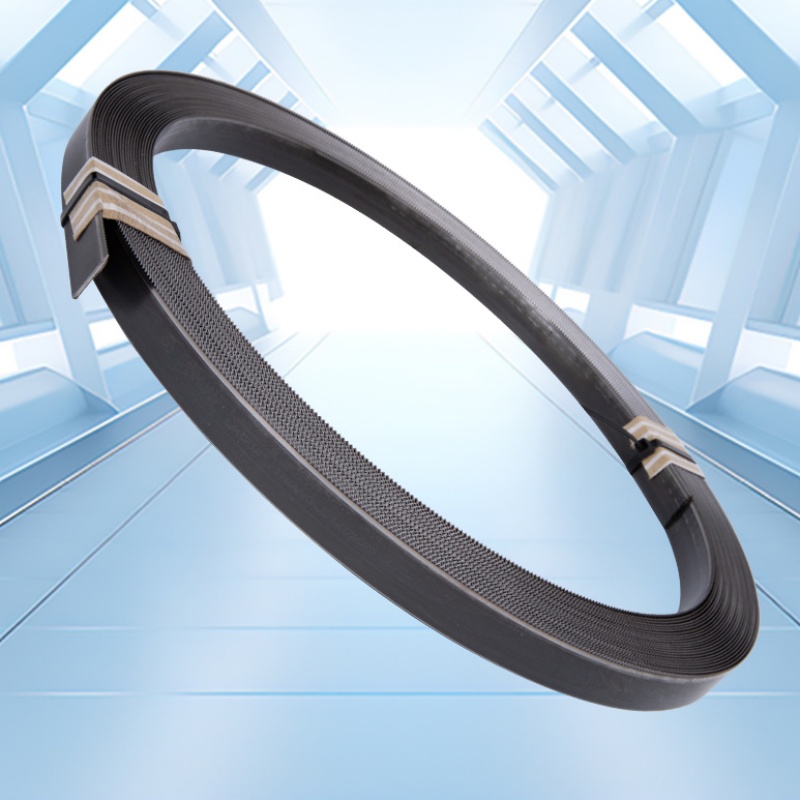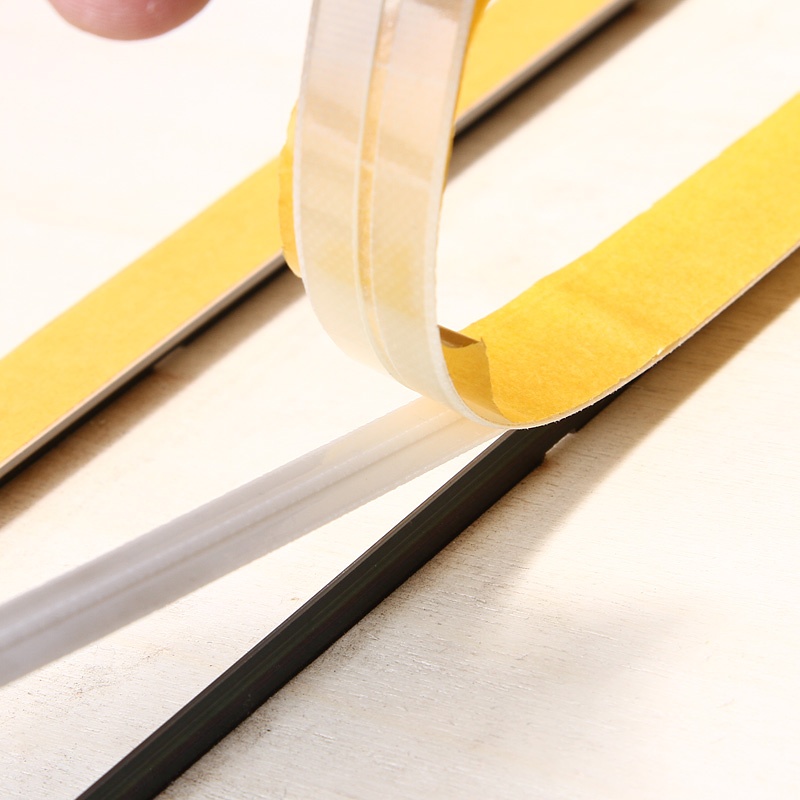
Die production approaches hold a key task in fabricating exceptional units within a diverse set of disciplines. These alloys present remarkable toughness, empowering them to absorb substantial burdens involved in fabrication stages. From transportation elements to technological tools, rule die steel maintains its involvement in a varied of fields.
- Aerospace components: Rule die steel is indispensable for crafting strong and clean units such as cylinders, switches and brackets.
- Electronics systems: The exquisite measurement and hardiness of rule die steel make it ideal for manufacturing intricate high-tech apparatus.
- Forming Tools: Rule die steel serves as the fundamental of strong tooling and molds used in various manufacturing operations, ensuring uniform product output levels.
Exactness Cutting Rules for Fine Sheet Metal Fabrication
Accomplishing precision in sheet metal fabrication necessitates detailed attention to particulars, particularly when it comes to cutting. Deploying the right cutting rules is critical to resulting in correct and trustworthy results. First and foremost, selecting the appropriate cutting method for your material thickness and desired edge quality is crucial. Options include plasma cutting, each with its own merits. Then, understanding material properties like tensile strength, ductility, and hardness can help prevent warping or damage during the cutting process. Always access a material's datasheet for specific guidelines on safe cutting practices.
- Correspondingly, maintaining sharp cutting tools is mandatory for precise cuts and preventing stress on the sheet metal.
- Warm-up the material can reduce thermal stress and improve cut quality in thicker materials.
- In conclusion, post-processing steps like deburring and edge finishing are key for realizing a professional and functional product.
Learning Punch and Die Construction
Punch and die construction is a significant aspect of the metal stamping process. These tools create metal sheets into various pieces by applying accurate pressure. The design and construction of punches and dies significantly influence the quality of the stamped products. A well-constructed punch normally features a hardened steel tip to withstand repeated strikes, while the die complements this force with a precisely machined cavity. The relationship between these two elements assures the steady transfer of shape and scale to the metal sheet. The intricacy of punch and die construction can vary based on the targeted requirements of the stamping application. Aspects such as the material thickness, shape complexity, and production volume collectively play a role in determining the layout of the tools. Understanding these fundamental principles of punch and die construction is vital for anyone involved in the metal stamping industry. From manufacturers to operators, a solid grasp of this subject can result to increased efficiency, product quality, and overall success.Creasing Matrices: Enhancing Folding Accuracy
When it comes to achieving precise shaping in the realm of fabrication and material processing, creasing matrices emerge as a essential element. These specialized tools, often crafted from rigid materials like steel, are strategically designed to impart distinct creases into sheets or substrates. By exerting controlled pressure at specific points along the material's surface, creasing matrices effectively outline fold lines that guide subsequent bending operations. This pre-creasing process drastically enhances folding accuracy, resulting in more dependable and attractive final products.
- The precise nature of creasing matrices allows for the production of delicate folds and designs.
- They can be customized to accommodate a wide range of material thicknesses and properties.
- Creasing matrices play a vital role in industries such as paper manufacturing, cardboard packaging, and printed circuit board fabrication.
Ultra-High Rule Die Steel for Automotive Manufacturing
The motor area is continuously seeking materials that can withstand the demanding conditions of manufacturing and service. Clearly, high-speed rule die steel has emerged as a crucial element due to its exceptional characteristics. This blend exhibits notable hardness, wear resistance, and toughness, making it ideal for producing intricate mechanical parts.
- Moreover, its ability to maintain these properties at elevated temperatures supports efficient production processes.
- Functions of high-speed rule die steel in the automotive industry are multiple.
- Exemplars include cutting tools, molds for plastic components, and dies used in sheet metal stamping.
Adjusting Rule Die Steel Hardness for Cutting Performance
Reaching optimal cutting performance with rule die steel hinges on carefully identifying the appropriate hardness level. A modulation between hardness and ductility is fundamental to ensure both sharpness of the cutting edge and resistance to fracturing. Harder steels can withstand increased cutting forces and resist deformation, leading to longer tool life. However, excessively hard steels may become brittle and prone to damage, compromising the integrity of the cutting process.
- Criteria like material being cut, cutting speed, and feed rate all affect the ideal hardness range.
- Employing hardening methods can effectively modify the hardness of rule die steel.
Understanding the relationship between hardness and cutting performance allows for upgrading of tool life, surface finish, and overall cutting efficiency.
Choosing Punch Designs for Multiple Materials
When designing punches for material treatment, several imperative considerations must be taken into account. The type of material being punched significantly modifies the punch design. For instance, resilient materials like steel require punches with sturdy edges to effectively penetrate and deform the material. Conversely, compressible materials like aluminum can be punched with punches featuring lighter geometries to minimize edge damage and ensure clean cuts. What's more, factors such as the material's hardness also play a role in punch design. Thicker materials often necessitate larger punch diameters and increased effort for successful piercing. Understanding the material's composition is essential to select an appropriate punch material and geometry that ensures optimal performance and minimizes tool wear. All in all, a well-designed punch should effectively cut the material while minimizing deformation, damage, and tooling wear.Keeping Sharp of Cutting Dies
Maintaining cutting dies in peak condition is imperative for ensuring accurate and efficient die-cutting operations. Over time, the cutting edges of dies can become dull or damaged, leading to inconsistent cuts, material loss, and increased production costs. To maximize die lifespan and optimize cutting performance, it's imperative to follow a regular sharpening and maintenance schedule.
- Regularly inspect cutting edges for signs of wear, such as chipping or rounding.
- Implement specialized sharpening tools designed for die-cutting applications.
- Clean dies completely after each use to remove debris and prevent rust buildup.
- Store dies in a clean, dry environment when not in use to protect them from corrosion.
By adhering to these best practices, you can extend the life of your cutting dies and confirm consistent, high-quality die-cutting results.
Practical Guide to Selecting Rule Die Steel
When determining rule die steel, consider its task. Various types of rule die steel lead in different applications due to their unique attributes. For example, high-carbon steel is favorable for high-strength rule dies used in demanding applications like engineering production. On the other hand, tool steels with specialized elements are often preferred when abrasion resistance is paramount.
- Confer with a reputable rule die steel supplier to identify the best grade for your specific needs.
- Variables like production style, production volume, and material being processed all alter the ideal rule die steel adoption.
Keep in mind that proper care and lubrication can significantly enhance the lifespan of your rule die steel, regardless of its variety.
Detailed Creasing Matrix for Packaging Applications
In the realm of innovative packaging design, precision is vital. A top-tier creasing matrix plays a vital purpose in ensuring clean, clear creases that enhance the presentation of packaged products. These matrices are meticulously constructed from durable materials like steel or carbide, and they come in various profiles to accommodate diverse packaging demands.
The fineness of a creasing matrix directly impacts the appearance of the finished package. A well-maintained score line forming matrix will result in flawless creases that not only boost the product's visual presentation but also contribute to its strength.
- Variables to consider when choosing a creasing matrix include the base of the packaging, the required angle, and the magnitude of production.
- Scheduled maintenance of the creasing matrix is important to support its accuracy and boost endurance.
- Committing in a high-quality creasing matrix can be a effective decision for any packaging operation, as it contributes to the productivity of the production process and enhances the overall advantage of the finished product.
Case Studies: Successful Implementation of Rule Die Steel Deploy
A compelling array of case studies reveal the remarkable efficacy of rule die steel across diverse industrial applications. From the demanding realm of automotive manufacturing to the intricate world of electronics production, these real-world examples demonstrate the transformative power of this advanced material. Enterprises have taken advantage of rule die steel to achieve significant improvements in product quality, creation efficiency, and overall system resilience.
- One notable case study centers on a leading foundry of aerospace components, where the implementation of rule die steel produced a considerable reduction in part defects and an heightened production cycle time.
- In another instance, a renowned electronics manufacturer professionally applied rule die steel to fabricate intricate circuit boards with unprecedented precision and accuracy, supporting a remarkable improvement in product reliability.
These case studies provide irrefutable evidence of the utility of rule die steel as a solution for tackling the intensive requirements of modern industries.
